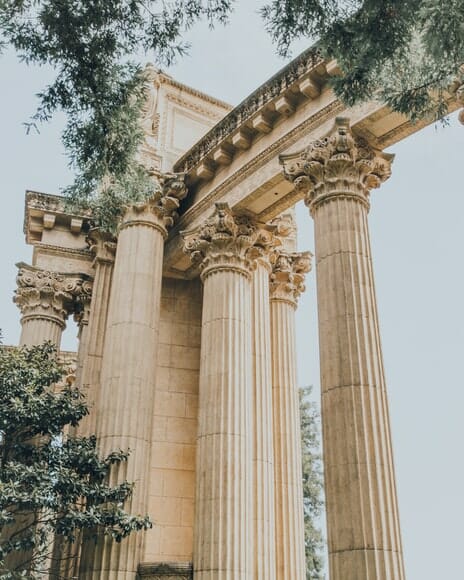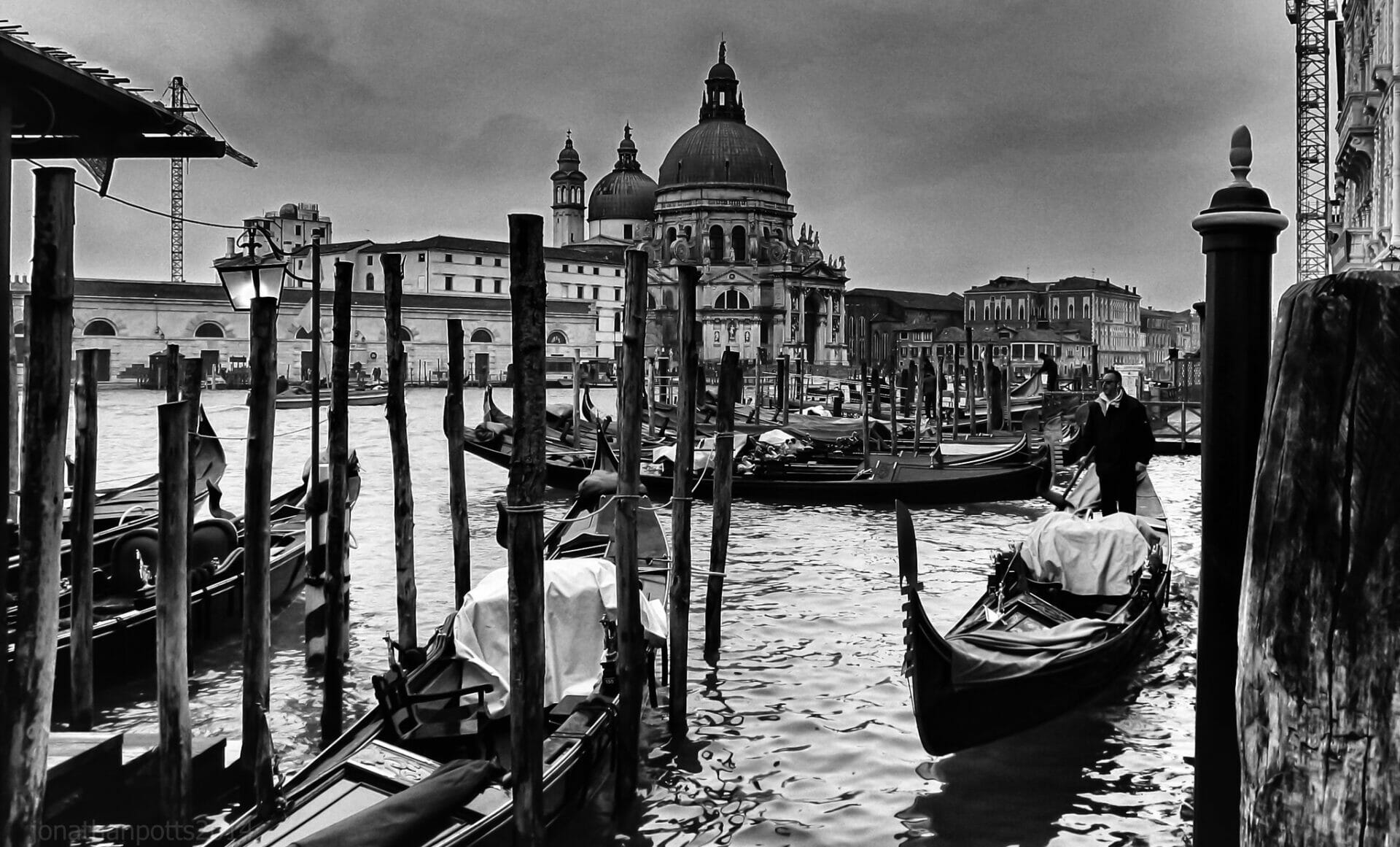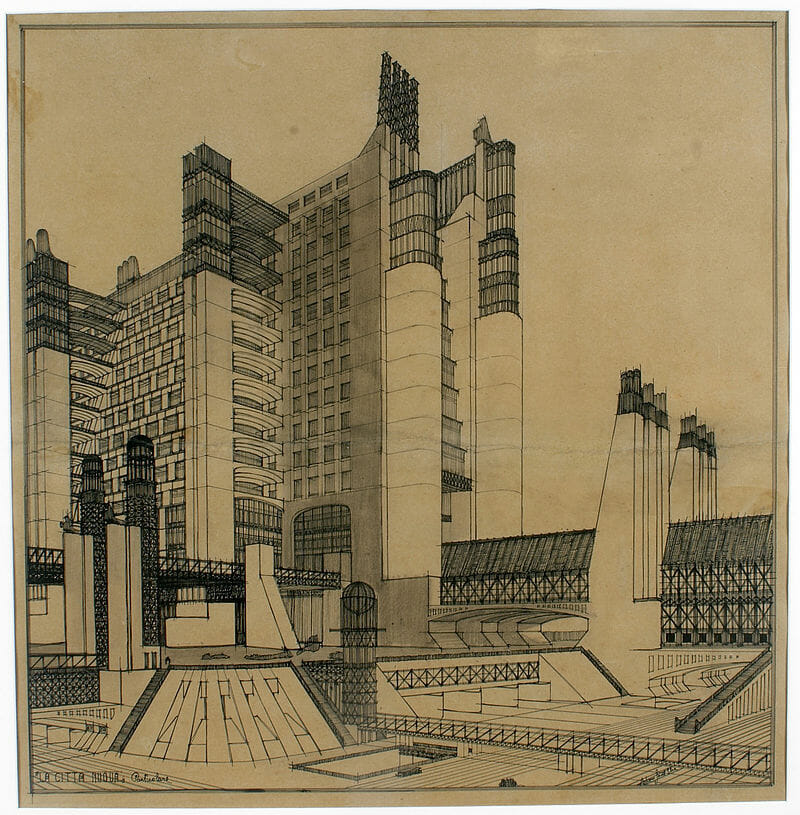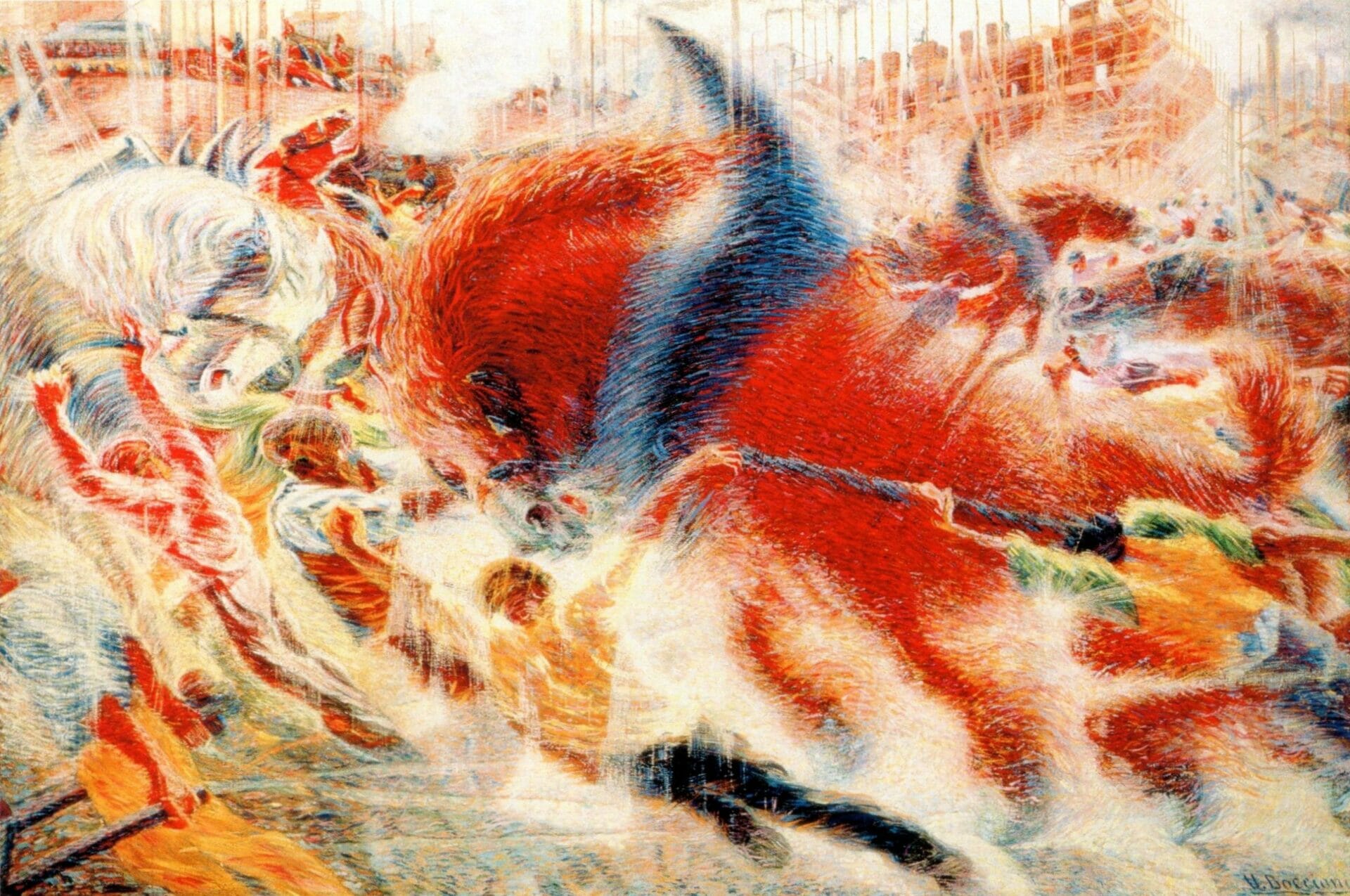
Urbania | Boeri's cities of the future
Author
Year
Format
As time seemed to stop during the Coronavirus pandemic in 2020, architect and urbanist Stefano Boeri decided to take some time off for reflection. He wrote Urbania (2021): a collection of personal memories, readings, and suggestions on what future cities will look like. The book offers a vision for the future of cities that builds up on his former work L’Anticittà, published in 2005. By reflecting on the implications of this pandemic, Boeri believes that a new kind of global city needs to arise: one that unites forests and cities, enhancing urban biodiversity. A sustainable city that welcomes nature as its own.
What led to Urbania
The public became familiar with Boeri in 2015. That is the year when his Bosco Verticale – ‘the most beautiful skyscraper in the world’ – saw the light. The peculiarity of the building lies both in its aesthetic and its purpose. The high number of plants on its balconies makes it look like a forest, in Italian ‘bosco.’
Its purpose is to make the city of Milan, which registers a high rate of air pollution, breathe again. Since then, Boeri and his colleagues have started similar projects in the Netherlands, Albania, and China. The main goal is to bring the forests back to the city: to reforest the urban.
Otherness
It is clear why in Urbania the ideal city is a place where nature is central, characterized by biodiversity and coexistence with other species. According to Boeri, this means accepting otherness, especially after a crisis like the COVID-19 pandemic that made people rethink their boundaries and their interaction with animals and human beings.
What also highlights the specificity of the ideal future city is whether the integration of different cultures and people occurs. Whether a particular space allows this to happen. A city is a locus of exchanges, encounters, and opportunities. It is a place where otherness is seen and accepted because it enriches its social life.
Ideas for the future of cities
Instead of an individualistic and industrial type of city, the future bears a different kind of place, where communal values and green spaces take center stage.
As an avid reader of Italo Calvino, an inspiration for envisioning the future of cities for Boeri is Invisible Cities. In this novel, Marco Polo entertains Kublai Khan, the emperor, with his travels to the fifty-five cities he encountered. Every city is unique and complex in its culture, shape, people, and vision of life. Calvino’s “last love poem addressed to the city” also describes the modern city as an increasingly difficult place to live in. And that is the individualistic and industrial city that Boeri advocates against.
The Boeri’s vision
Visions usually remain as such because of their unfeasibility. Yet, as Boeri acknowledges, the vision of the sustainable city will and has to become a reality if human society wants to save the world from climate change. The solution lies in integrating the natural within the urban, as his Bosco Verticale best represents. This is the vision for the future of cities Boeri proposes. In the future, life will be in the trees, as Cosimo, the protagonist of Calvino’s The Baron in the Trees tries to demonstrate. It will be lived from the perspective of nature, not the other way around, where humans stand alone while exploiting nature.
Tag
Buy a ☕ for Hypercritic










